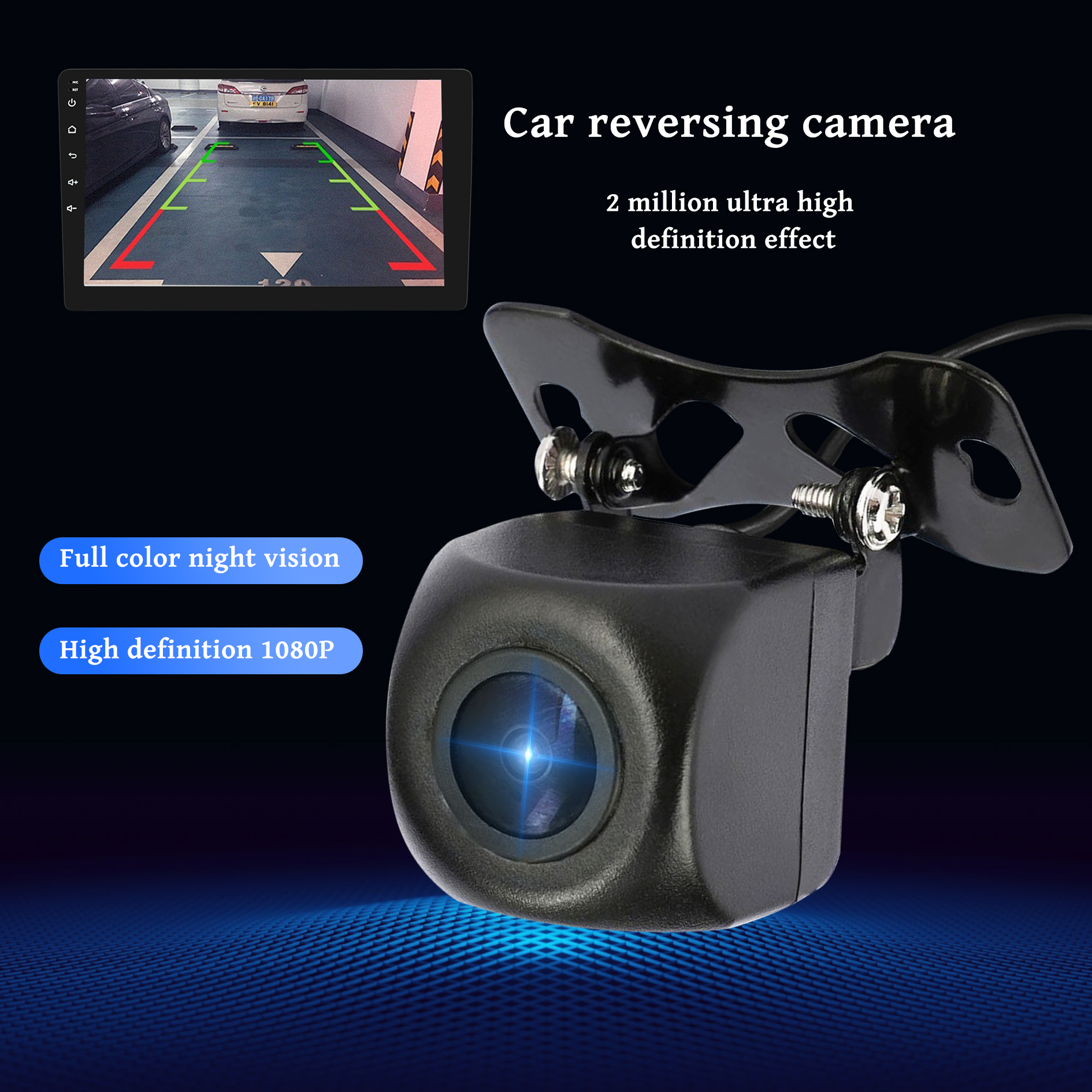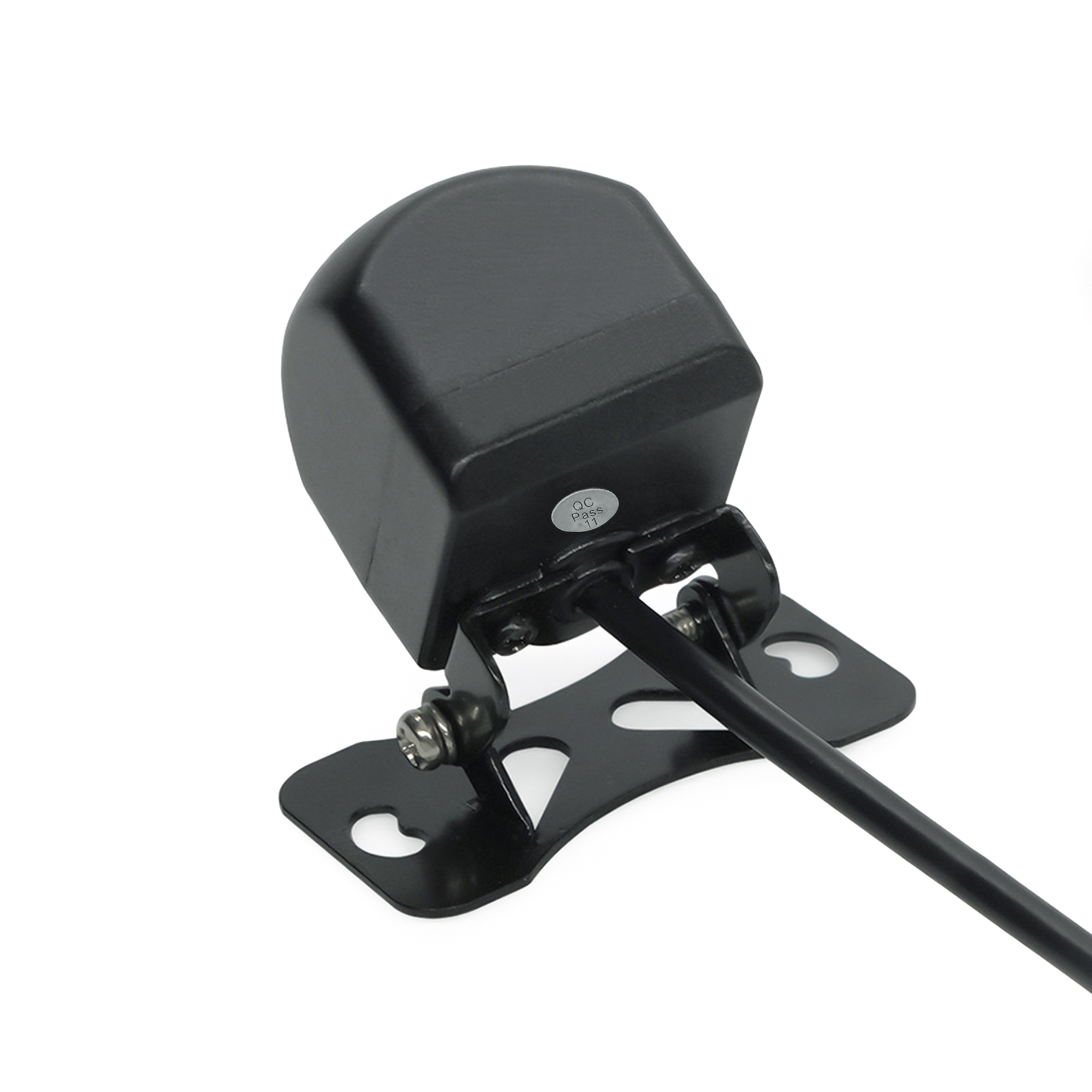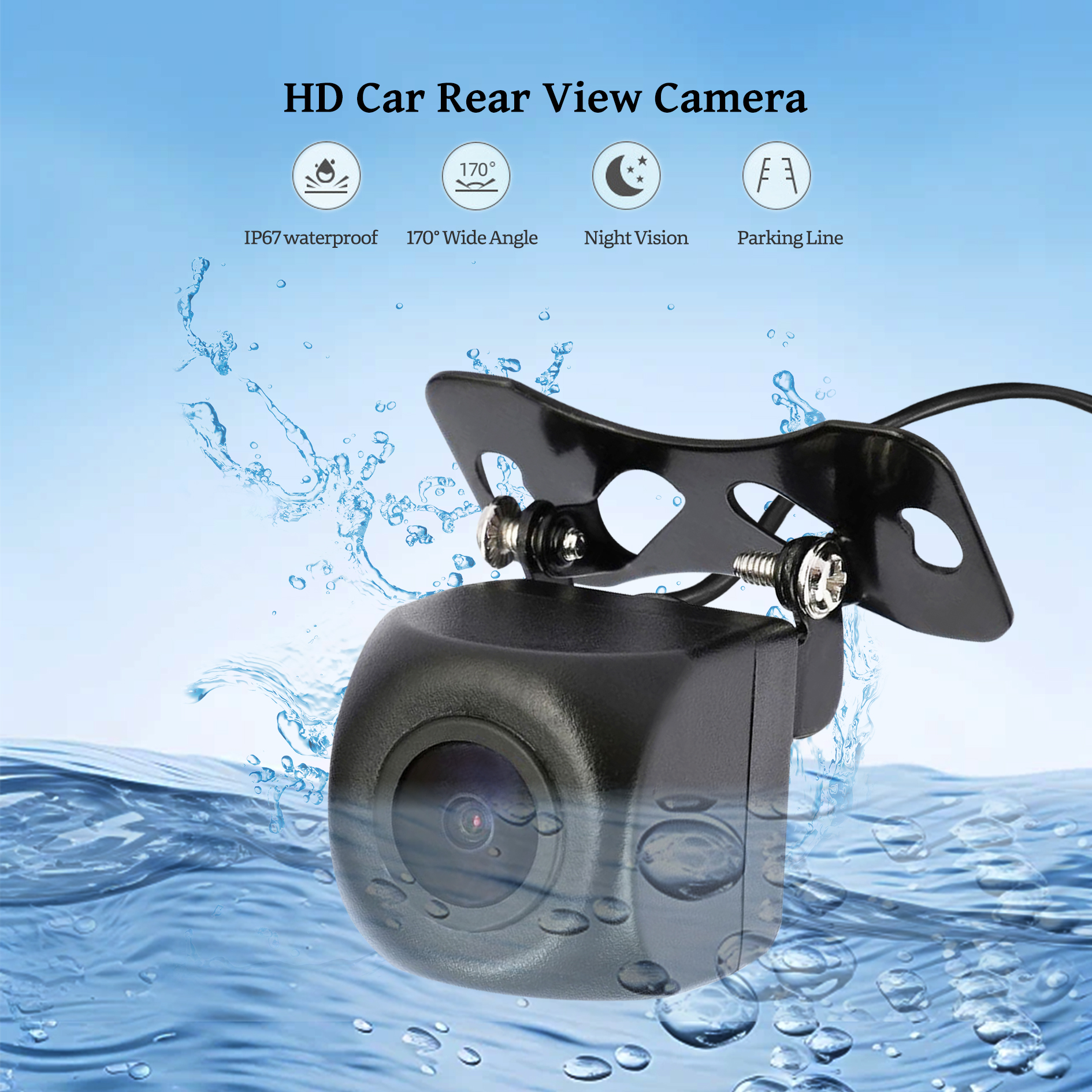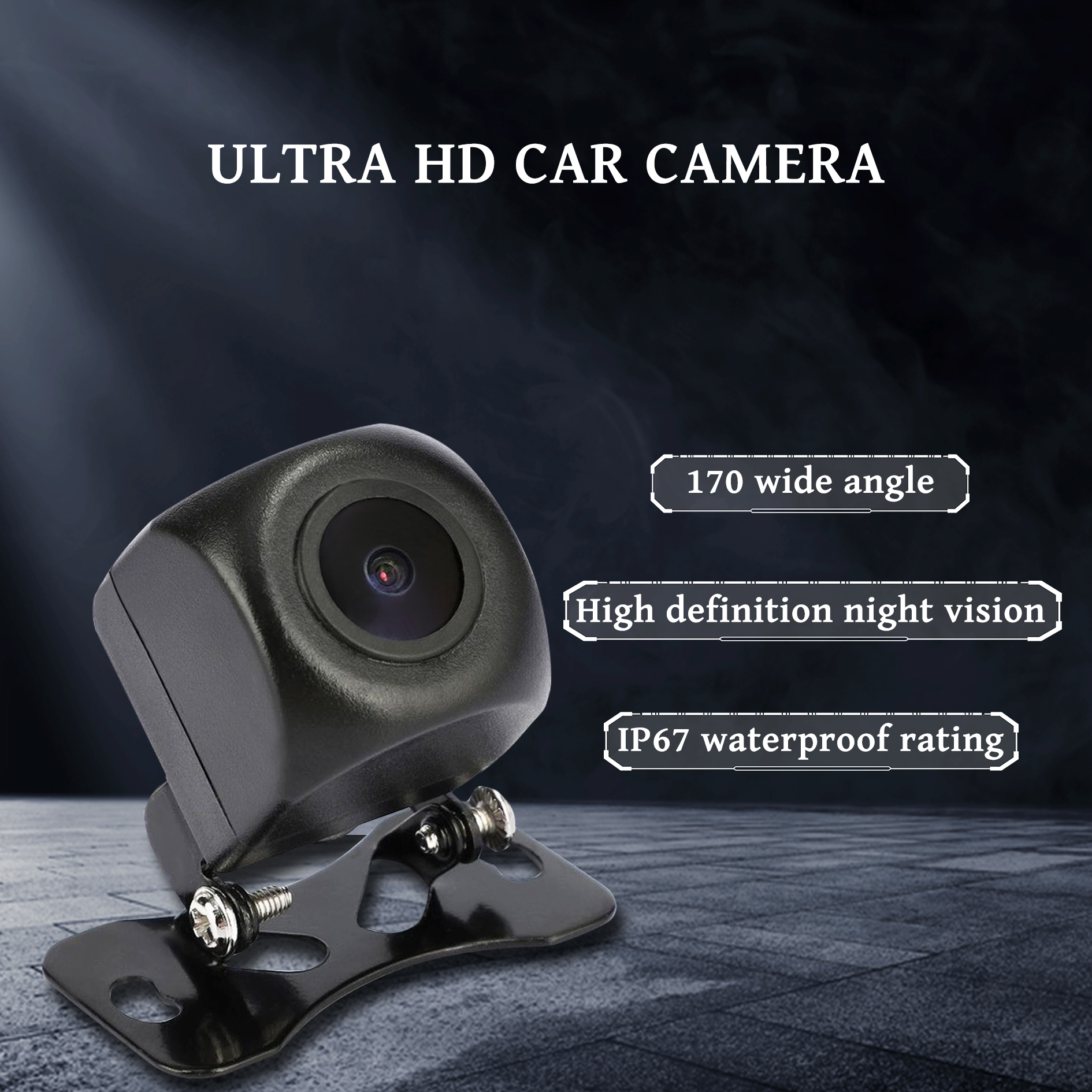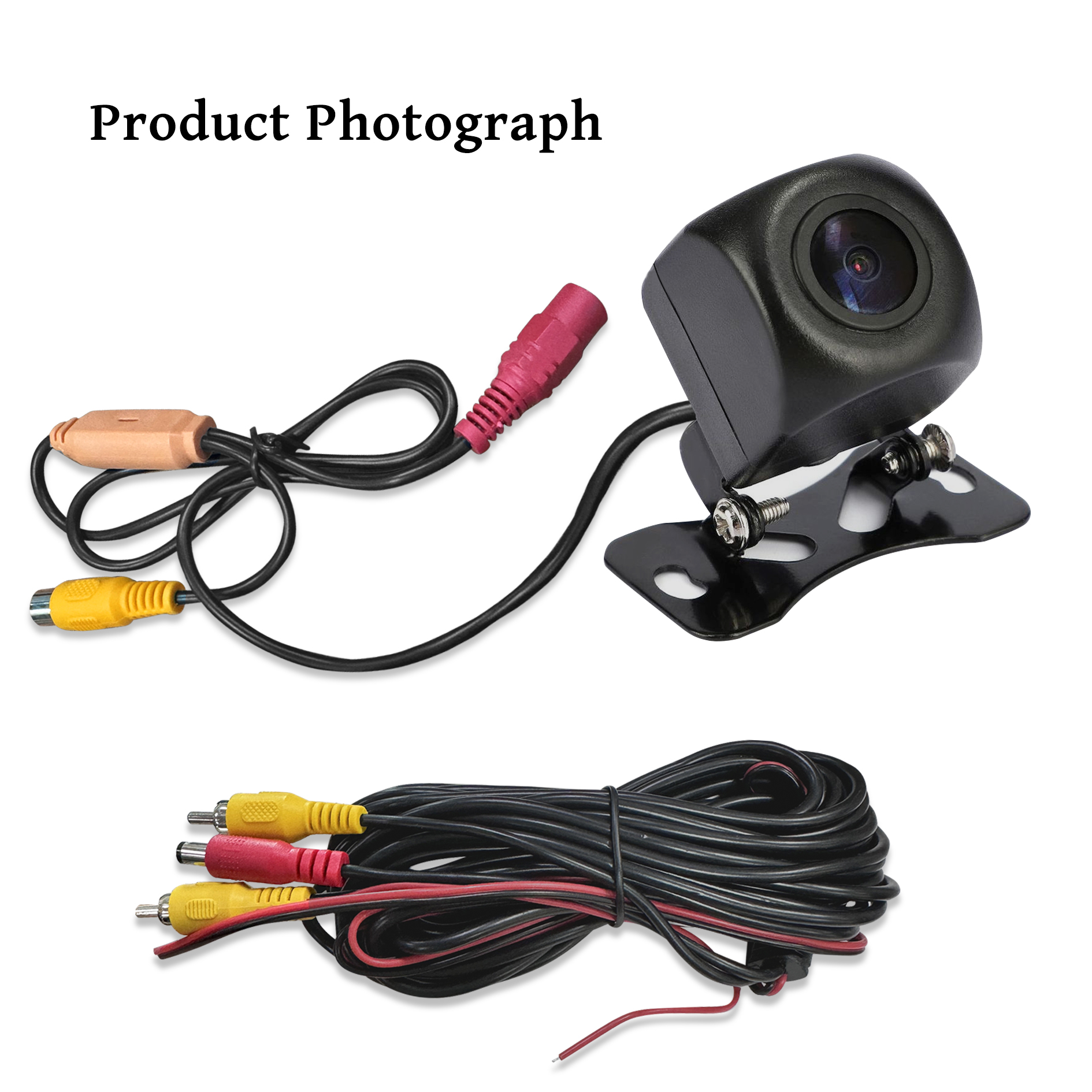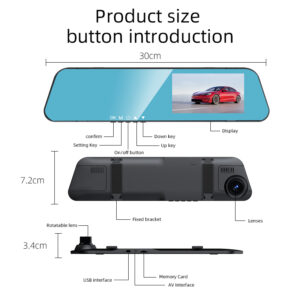Understanding Back Cameras: Types and Features
Back cameras play a crucial role in smartphone and digital camera design, influencing the overall photography experience. These cameras come in various configurations, each offering unique features tailored to different photographic needs. The most common type is the single-lens camera, which includes a single sensor and lens. While simple and effective, these systems can be limited in functionality compared to their more complex counterparts. Single-lens configurations are often sufficient for casual photography, producing decent quality images in well-lit conditions.
Advancing from single-lens setups, dual-lens systems have gained popularity, particularly in smartphones. This design typically pairs a standard lens with a secondary lens that may serve various purposes, such as capturing wide-angle shots or enhancing low-light performance. Dual-lens back cameras can significantly improve depth perception and detail in images, allowing for creative effects like portrait mode, where the background is artistically blurred, highlighting the subject.
For enthusiasts and professionals, more sophisticated options like triple or quad-lens configurations provide extensive versatility. These advanced systems often include a combination of telephoto, ultra-wide, and standard lenses. The inclusion of multiple lenses allows for improved optical zoom capabilities and enhanced image quality across various shooting conditions. Additionally, features such as a higher megapixel count can enhance image resolution, while a wider aperture size offers better performance in low light. Furthermore, optical image stabilization is vital in minimizing blurriness caused by camera shake, making it essential for achieving sharp images.
Modern back cameras also incorporate advanced sensors, which play a significant role in capturing high-quality images. Larger sensors typically gather more light, resulting in better overall performance, especially in challenging lighting situations. As technology progresses, the evolution of back cameras continues to enhance our ability to capture stunning images.

